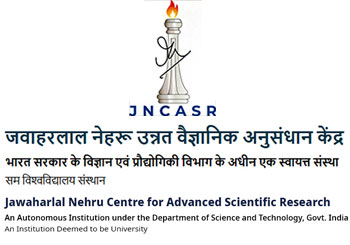प्रो. तापस माजी और उनकी टीम ने प्रकाश संश्लेषण की नकल की, CO2 को सौर ईंधन में परिवर्तित किया
यह पृष्ठ हिंदी में उपलब्ध नहीं है, कृपया अंग्रेजी में पढ़ने के लिए निचे दिए गए लिंक पर क्लिक करें:
Prof. Tapas Maji & team mimic photosynthesis, convert CO2 into solar fuel
- पिछले पृष्ठ पर वापस जाएं
- |
-
पृष्ठ अंतिम बार अद्यतन तिथि:24-03-2025 12:53 PM






















